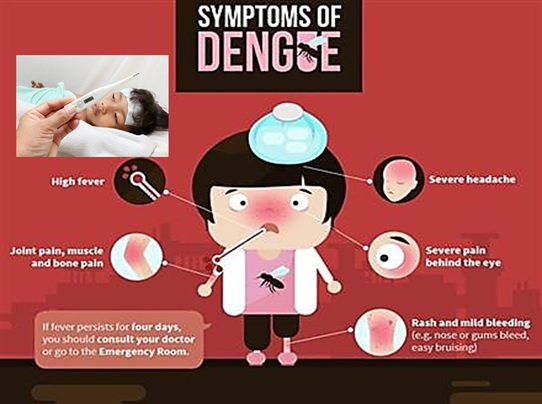
Dengue Fever
Virus serovars are widespread in the tropics and have caused massive outbreaks, it is considered the most rapidly spreading arboviral disease in the world with a 30 fold increase in cases in the last 50 years. It is clearly related to the prevalence of Aedes aegypti in most areas but is carried by other Aedes spp in other areas.
Dengue appeared severely in recent years in: The Indian subcontinent, Southeast Asia, Southern China, Taiwan, The Pacific Islands, The Caribbean, Mexico, Africa, Central and South America.
- Dengue virus is a leading cause of illness and death in the tropics and subtropics.
- As many as 400 million people are infected yearly.
- Dengue is caused by any one of four related viruses transmitted by mosquitoes.
- There are not yet any vaccines to prevent infection with dengue virus and the most effective protective measures are those that avoid mosquito bites.
- Symptoms: Symptoms, which usually begin four to six days after infection and last for up to 10 days, may include Sudden, high fever, Severe headaches, pain behind eyes, joint and muscle pain, fatigue, nausea, vomiting, skin rash (2 to 5 days after onset of fever, bleeding in nose, gums and easy bruising.
- When infected, early recognition and prompt supportive treatment can substantially lower the risk of medical complications and death.
- Dengue has emerged as a worldwide problem only since the 1950s. Although dengue rarely occurs in the continental United States, it is endemic in Puerto Rico and in many popular tourist destinations in Latin America, Southeast Asia and the Pacific islands.
Author: Sumana Rao | Posted on: September 29, 2017






















Write a comment